Jurnal - Midi, Unlined - Beethoven’s 250th Birthday | Paperblanks
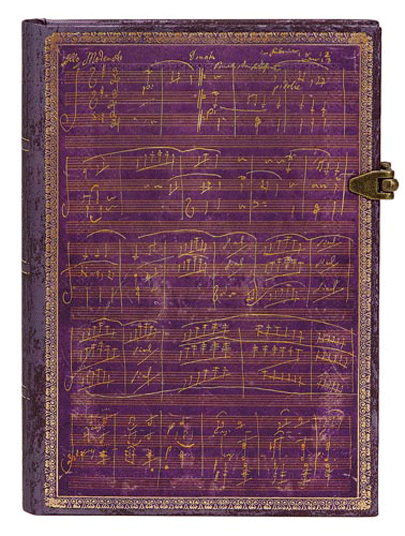
Detalii Jurnal - Midi, Unlined -
Jurnal - Midi, Unlined - - Disponibil la carturesti.ro
Pe YEO găsești Jurnal - Midi, Unlined - de la Paperblanks, în categoria Papetarie.
Indiferent de nevoile tale, Jurnal - Midi, Unlined - Beethoven’s 250th Birthday | Paperblanks din categoria Papetarie îți poate aduce un echilibru perfect între calitate și preț, cu avantaje practice și moderne.
Preț: 149 Lei
Caracteristicile produsului Jurnal - Midi, Unlined -
- Brand: Paperblanks
- Categoria: Papetarie
- Magazin: carturesti.ro
- Ultima actualizare: 27-11-2021 23:35:46
Comandă Jurnal - Midi, Unlined - Online, Simplu și Rapid
Prin intermediul platformei YEO, poți comanda Jurnal - Midi, Unlined - de la carturesti.ro rapid și în siguranță. Bucură-te de o experiență de cumpărături online optimizată și descoperă cele mai bune oferte actualizate constant.
Descriere magazin:
Ludwig van Beethoven’s musical expressions of heroism and struggle mirror his personal tragedies, including the loss of his hearing and a tumultuous family life. The autograph manuscript of Violin Sonata No. 10 in G Major featured on this Beethoven’s 250th Birthday cover was written in 1812.German composer and pianist Ludwig van Beethoven’s (1770–1827) works are defined by incredible intellectual depth and honesty. His musical expressions of heroism and struggle mirror his personal tragedies, including the loss of his hearing and a tumultuous family life. A crucial figure in the transition between the Classical and Romantic eras in music, he remains one of the most recognized and influential of all composers.Beethoven’s career is typically categorized into three periods – early, middle and late. In his later years his hearing had almost completely gone. Interestingly, many of Beethoven’s most admired and important works of classical music came from this decade of his life.This autograph manuscript of Violin Sonata no. 10 in G Major is Beethoven’s final violin sonata. It was written in 1812 for Pierre Rode, the greatest French violinist of the day, and first performed by Rode and Archduke Rudolph, to whom the work is dedicated.Today, the composition can be found at the Pierpont Morgan Library in New York. We originally released this composition as an Embellished Manuscript in 2007 and now, 12 years later, we couldn’t be happier to bring it back as a Special Edition commemorating Beethoven’s 250th birthday. Whichever way you choose to use this journal, we hope it inspires you to create your own masterpiece.

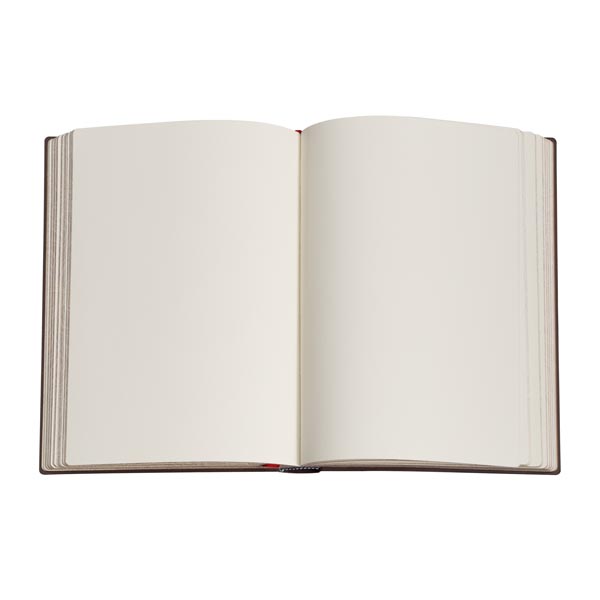
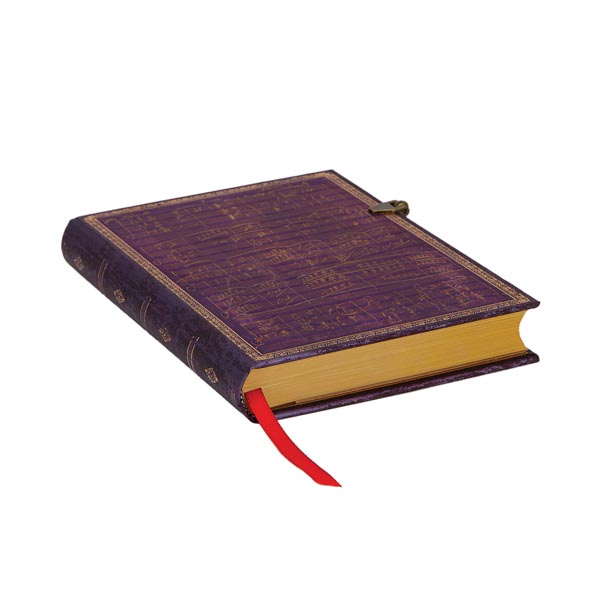
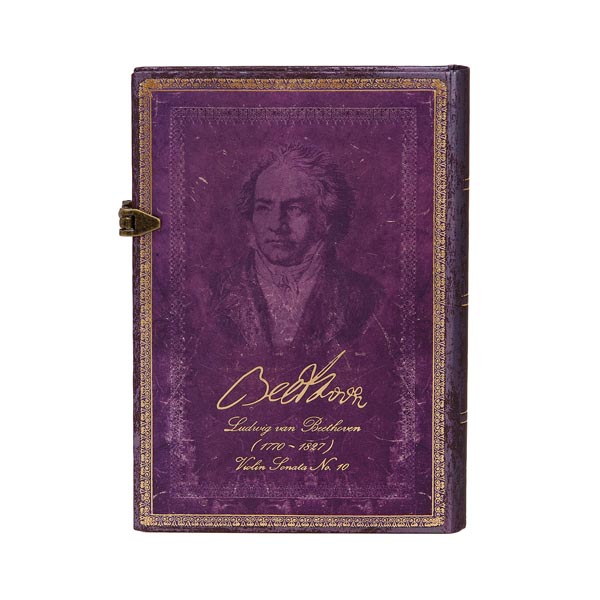
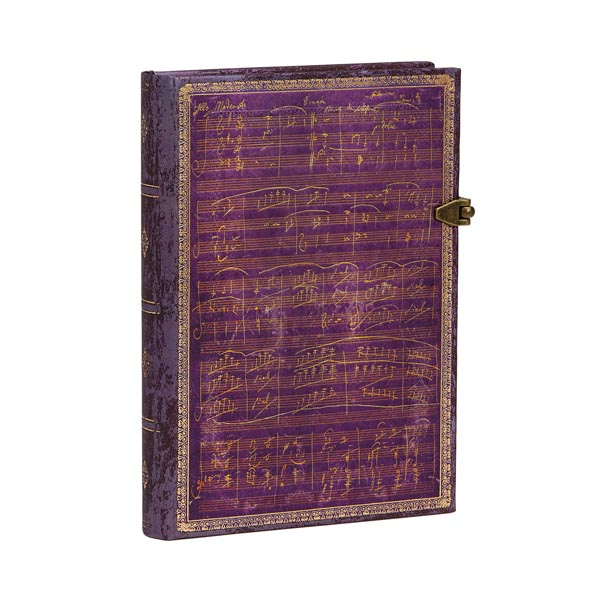
Produse asemănătoare

Lion\'s Den (Sybil Pye Bindings) Midi Unlined Hardcover Journal, Hardback/Paperblanks
![]() elefant.ro
elefant.ro
Actualizat in 28/10/2025
108.99 Lei

MOUTARDE, MIDI UNLINED FLEXI JOURNAL. Flexi softcover, 100 gsm, ribbon marker, memento pouch, book edge printing, no closure/***
![]() elefant.ro
elefant.ro
Actualizat in 28/10/2025
108.99 Lei

FIAMMETTA, MIDI UNLINED JOURNAL. Hardcover, 120 gsm, ribbon marker, memento pouch, elastic closure, book edge printing/***
![]() elefant.ro
elefant.ro
Actualizat in 28/10/2025
108.99 Lei

The Chanin Spiral, Midi Lined Journal. Hardcover, 120 gsm, ribbon marker, memento pouch, elastic closure/***
![]() elefant.ro
elefant.ro
Actualizat in 28/10/2025
108.99 Lei

SAFAVID INDIGO, MIDI UNLINED JOURNAL. Hardcover, 120 gsm, ribbon marker, memento pouch, wrap closure/***
![]() elefant.ro
elefant.ro
Actualizat in 28/10/2025
108.99 Lei

Nocturnelle Midi Lined Journal, Paperback/Paperblanks
![]() elefant.ro
elefant.ro
Actualizat in 27/10/2025
108.99 Lei
Produse marca Paperblanks

The Chanin Spiral, Mini Lined Journal. Hardcover, 85 gsm, ribbon marker, memento pouch, elastic closure/***
![]() elefant.ro
elefant.ro
Actualizat in 28/10/2025
90.99 Lei

Lion\'s Den (Sybil Pye Bindings) Midi Unlined Hardcover Journal, Hardback/Paperblanks
![]() elefant.ro
elefant.ro
Actualizat in 28/10/2025
108.99 Lei

Morris Windrush (William Morris) Ultra Unlined Journal, Paperback/Paperblanks
![]() elefant.ro
elefant.ro
Actualizat in 28/10/2025
144.99 Lei

MOUTARDE, MIDI UNLINED FLEXI JOURNAL. Flexi softcover, 100 gsm, ribbon marker, memento pouch, book edge printing, no closure/***
![]() elefant.ro
elefant.ro
Actualizat in 28/10/2025
108.99 Lei

FIAMMETTA, MIDI UNLINED JOURNAL. Hardcover, 120 gsm, ribbon marker, memento pouch, elastic closure, book edge printing/***
![]() elefant.ro
elefant.ro
Actualizat in 28/10/2025
108.99 Lei

Pear Garden, Ultra Lined Journal. Hardcover, Wrap Closure, 120 gsm, ribbon marker, memento pouch/***
![]() elefant.ro
elefant.ro
Actualizat in 28/10/2025
150.99 Lei